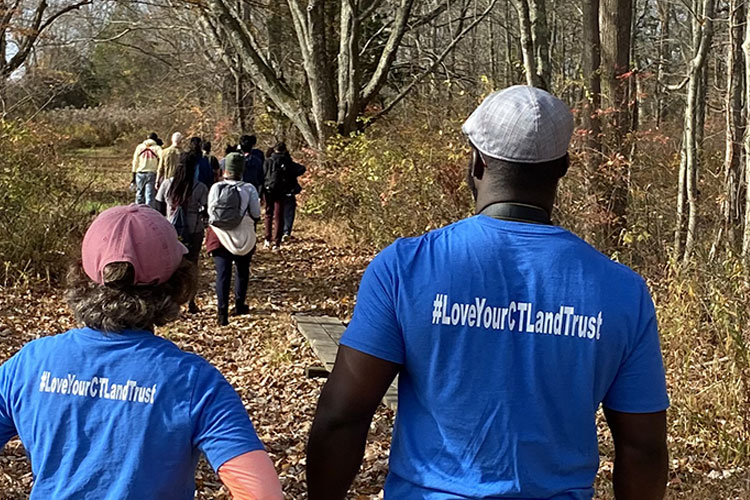Resource Library
Catch the recording from part one of this program Buildings, Offices, and HQs – What should your land trust consider?
Land trusts from across Connecticut have expressed a growing interest in acquiring buildings for office space or other programmatic use. Other land trusts have accepted a building as a donation, and are unsure how best to utilize the structure. Some are considering ground-up construction or conversion of existing buildings to new uses.
CLCC and our partners explored a wide range of opportunities created through building ownership, as well as the (sometimes hidden) challenges of constructing or owning your own buildings. Hear about lessons learned, opportunities created, and words of warning when considering your own building project.
Co-hosts included:
Mike Hveem – Executive Director, Joshua’s Trust
In addition to its land conservation work, Joshua’s Trust preserves and maintains a number of historically significant buildings. The Atwood Farm serves as the organization’s headquarters and contains a farmhouse and many outbuildings that support the land trust’s programs.
Will Kies – Executive Director, Greenwich Land Trust
In 2012, the Greenwich Land Trust received a donation of open space containing several historic buildings: a farmhouse, three barns, a stone potting shed, and the remains of a greenhouse. Since then, they have transformed the Mueller Preserve into a hub for our education and conservation work, including renovation of multiple buildings.
Kristina White – Executive Director, Lyme Land Trust
The Lyme Land Trust is currently in the process of building a headquarters from the ground up. This exciting opportunity has allowed the land trust to create space that will meet its needs today and into the future, including storage for stewardship equipment, office space for staff members, and a gathering place for indoor programs.
